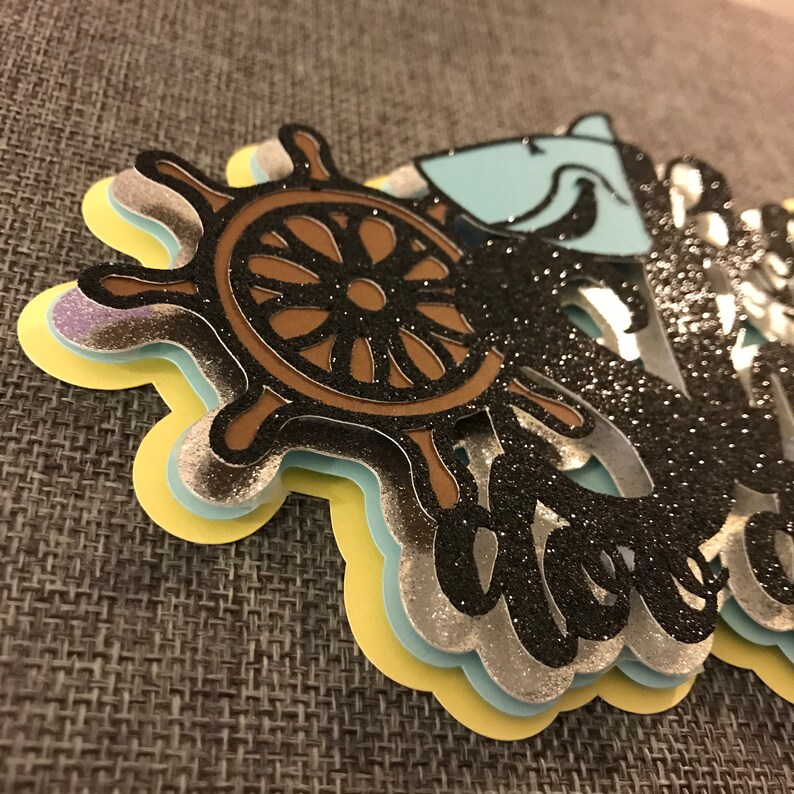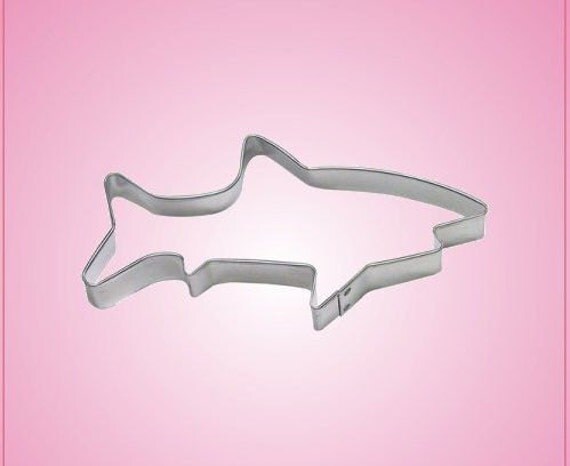
“Integrating across chemical tracers is a powerful tool for investigating the ecology of elusive and difficult to study species, such as meso- and bathypelagic chondrichthyans, and can increase the amount of information gained from small sample sizes,” the team explained. These sharks had their stomachs removed for environmental DNA (eDNA) analysis, and liver samples and muscle samples from the dorsal musculature behind the gills were collected for stable isotope analysis (SIA) and fatty acid analysis (FAA). It is thought that three males (43%) and two females (33%) were large enough to be considered mature. Given the difficulty of studying and obtaining cookiecutter shark specimens, we really needed to squeeze as much information out of these samples as possible, hence using all of these approaches, each of which provides its own unique perspective.”Ĭookiecutter sharks (9 males, 6 females) were collected off Hawaii in August and September of 2013 by the Monterey Bay Aquarium onboard the NOAA ship R/V Oscar Sette using a Isaacs-Kidd midwater trawl and Cobb trawl fishing primarily at depths between 60 and 150 m, but down to 600 m. As a result we need to use some alternative approaches to get at what these sharks may be eating, hence the chemical tracer and eDNA/DNA metabarcoding approach. “One of the problems with trying to understand using traditional stomach content analyses is that many stomachs are empty when they are collected, possibly due to stress of capture leading to vomiting (common in elasmos) or having not fed for a while,” explained Carlisle, “Or often when they have something in their stomach it is an unidentifiable mass of goo or tissue which sometimes you can identify as muscle/blubber/skin, but often it can be quite difficult. Carlisle of the School of Marine Science and Policy (University of Delaware), decided to use multiple biochemical tracer approaches (stable isotope analysis, fatty acid analysis, and environmental DNA) to elucidate the trophic ecology of cookiecutter sharks in the Central Pacific and demonstrate the utility of this approach for investigating the trophic ecology of difficult to study species, such as this elusive predator.

Diel vertical migration (DVM) is the daily movement of marine organisms between the surface and deep layers it’s actually the largest migration on our planet and it occurs every day!Ī team of researchers, led by Dr. Although they are found from surface waters down to depths more than a mile (1500 meters), they have only been observed near the surface during the night, leading researchers to believe that they exhibit diel vertical migration. (Photo by Mindy Schauer/Digital First Media/Orange County Register via Getty Images) MediaNews Group via Getty ImagesĪlthough this species is widely distributed throughout our planet’s tropical and subtropical oceanic waters, like many deep-water species, scientists know very little about this animal due to its mesopelagic distribution. /ADDITIONAL INFO: - Photo by MINDY SCHAUER, The Orange County Register/MediaNews Group via Getty Images - shot: 022016 oceanscience.0223 Girls from Middle Schools throughout OC will participate with ocean scientists on projects designed to teach them more about marine science. The small fish sneaks up on its prey, sometimes as big as whales, and takes a bite out of them, leaving a cookie-shaped hole, before quickly swimming away. the Girls in Ocean Science Conference in Dana Point on Saturday.

LAGUNA NIGUEL, CA - FEBRUARY 20: A preserved, fully-grown cookiecutter shark sits on display during.


 0 kommentar(er)
0 kommentar(er)
